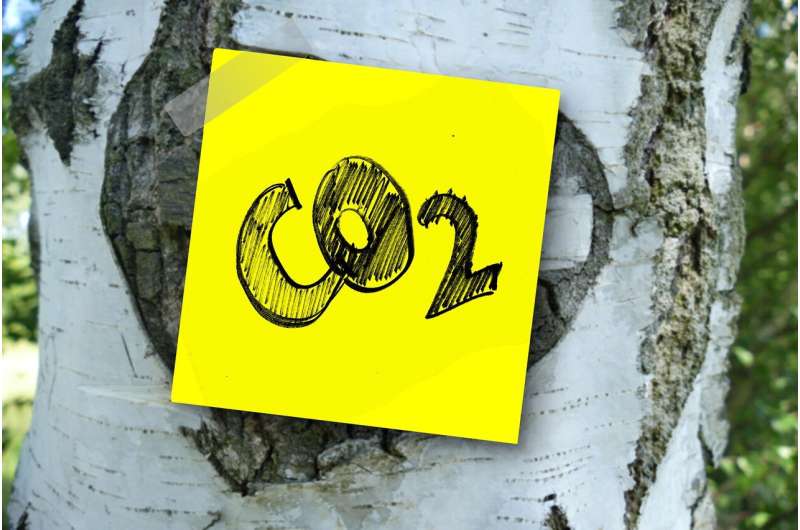New soil models may ease atmospheric carbon dioxide, climate change

To remove carbon dioxide from the Earth's atmosphere in an effort to slow climate change, scientists must get their hands dirty and peek underground.
In an article published July 27 in Nature Geoscience, Cornell University's Johannes Lehmann and others wrote that scientists should develop new models that more accurately reflect the carbon-storage processes beneath our feet, in order to effectively draw down atmospheric carbon dioxide.
Carbon's journey into the soil is akin to a busy New York City rush hour. "Everything in the soil is bustling and changing all the time on a daily or hourly basis," said Lehmann, professor of soil biogeochemistry and the lead author on the piece.
"Microorganisms are on the street, but carbon quickly disappears around the corner or hides in nooks and crannies," he said. "Microorganisms in the soils that consume carbon can never be sure what tomorrow looks like."
Think of it this way: Sometimes soil microorganisms see a lot of carbon but still cannot devour it.
Lehmann and an international, interdisciplinary group of scientists propose the creation of new soil carbon-persistence models through the lens of "functional complexity"—the interplay between time and space in soil carbon's changing molecular structure.
Functional complexity drives carbon sequestration, and scientists must know specifically how carbon stays in the ground, according to Lehmann.
"Even if soil microorganisms have a full smorgasbord in front of them, they don't know what to eat if there is very little of each kind of carbon," said Lehmann, a fellow at Cornell Atkinson Center for Sustainability. "Although there is plenty of carbon, microorganisms starve, especially if they have to adjust to ever-changing conditions in a crazy maze."
With new models, scientists believe they can find out exactly how sequestration works. It could then be properly reflected in the next assessment of the United Nations Intergovernmental Panel on Climate Change (IPCC) - which likely will address drawing down atmospheric carbon.
Lehmann said that with modeling techniques gleaned from the field of engineering, for example, soil scientists can find better management methods to reduce atmospheric carbon.
"Collaboration in a stellar group of thinkers from diverse disciplines was key for us to come up with a new view on this old conundrum," he said. "We seem to be building climate models based on an erroneous understanding of why organic carbon stays in soil and how microbes are eating it. We need a new thinking to incorporate the best models for IPCC and other climate prediction efforts."
More information: Johannes Lehmann et al, Persistence of soil organic carbon caused by functional complexity, Nature Geoscience (2020). DOI: 10.1038/s41561-020-0612-3
Journal information: Nature Geoscience
Provided by Cornell University




















